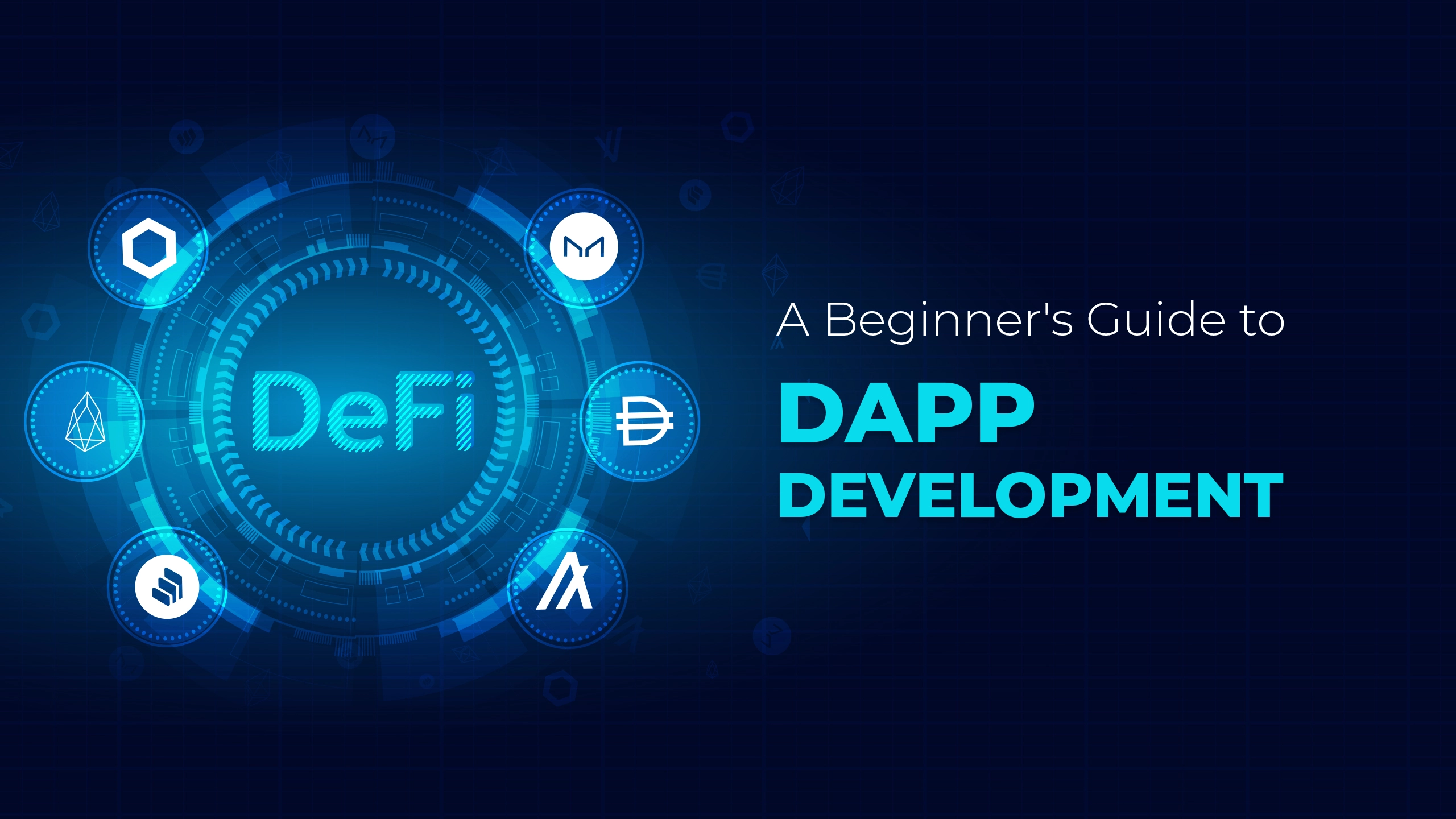In the rapidly evolving landscape of technology, decentralized applications (DApps) have emerged as a revolutionary concept, offering a new way to create and use applications. DApp development allows developers to build applications that operate on blockchain networks, providing transparency, security, and decentralization. This beginner’s guide will walk you through the fundamentals of DApp development, empowering you to embark on your journey to create innovative and decentralized applications.
Understanding DApps and Blockchain:
Before diving into DApp development, it’s essential to grasp the core concepts of DApps and blockchain technology. A DApp is a software application that runs on a decentralized network, ensuring that no single entity has complete control over the application’s data and functionality. Blockchain, on the other hand, is a distributed and immutable ledger that underpins DApps, providing a secure and transparent environment.
Key Components of DApp Development:
Smart Contracts: These self-executing contracts automate processes within a DApp and run on the blockchain. They define the rules and logic of the application, ensuring that interactions are transparent and tamper-proof.
Decentralized Storage: DApps require a decentralized storage solution to store data securely and prevent a single point of failure. IPFS (InterPlanetary File System) is a popular choice for decentralized file storage.
Web3.js: Web3.js is a JavaScript library that enables interaction with blockchain networks. It allows developers to integrate DApps with the blockchain and interact with smart contracts.
User Interface (UI): A well-designed user interface is crucial for DApps to provide a seamless user experience. Web technologies like HTML, CSS, and JavaScript are used to create the front-end of DApps.
Getting Started with DApp Development:
Choose a Blockchain Platform: Select a suitable blockchain platform for your DApp. Ethereum, Binance Smart Chain, and Solana are popular choices, each with its own strengths and capabilities.
Learn a Programming Language: Depending on the blockchain platform you choose, you’ll need to learn a programming language. Solidity is commonly used for Ethereum-based DApps, while other platforms may use languages like Rust or JavaScript.
Set Up a Development Environment: Install the necessary tools and libraries to set up your development environment. This includes blockchain clients, code editors, and development frameworks.
Design Smart Contracts: Define the smart contracts that will power your DApp. Write the contract code, define functions, and incorporate security measures to ensure the integrity of your application.
Develop the Front-End: Create an intuitive user interface using web technologies. Connect the front-end to your smart contracts using Web3.js to enable interactions between users and the blockchain.
Testing and Deployment: Thoroughly test your DApp on testnets to identify and fix any bugs or vulnerabilities. Once satisfied, deploy your DApp on the mainnet for users to access.
Exploring Advanced Concepts:
As you gain experience in DApp development, you can explore advanced concepts such as:
Gas Optimization: Learn techniques to optimize the cost of transactions on the blockchain, making your DApp more cost-effective for users.
Decentralized Identity: Implement decentralized identity solutions to enhance user privacy and control over their data.
Oracles: Integrate oracles to fetch real-world data for your DApp, enabling it to interact with external information.
Conclusion:
DApp development opens up a realm of possibilities for creating innovative and transparent applications that operate in a decentralized manner. By understanding the fundamentals, key components, and development process outlined in this beginner’s guide, you can embark on your journey to becoming a proficient DApp developer. As the world continues to embrace blockchain technology, your skills in DApp development can contribute to shaping the future of decentralized applications.
Remember, the road to mastering DApp development may have its challenges, but with dedication, continuous learning, and a creative mindset, you can harness the power of blockchain to build applications that have a lasting impact on the digital landscape.




